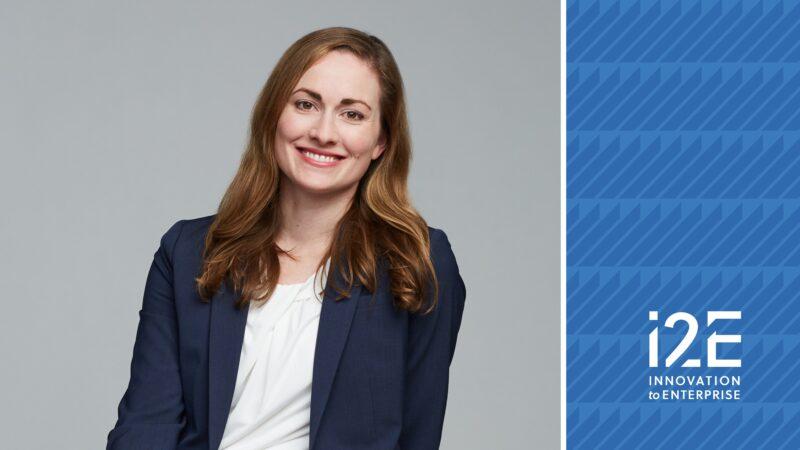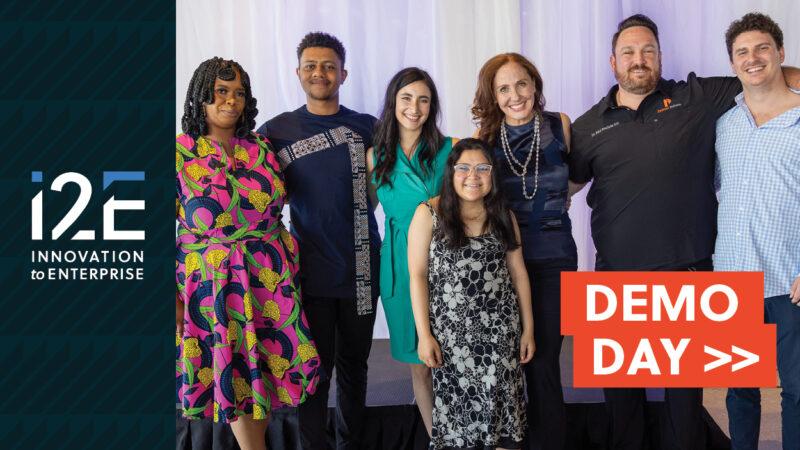By Paula Burkes
Copyright © 2016, The Oklahoma Publishing Co.
Most scientists spend a lifetime hoping their research contributes to a body of work that collectively will lead to a new drug that will treat or cure a disease.
For Oklahoma Medical Research Foundation’s Rodger “Rod” McEver, that body of knowledge was developed in his own laboratory and that new drug is now within sight of coming to market.

Last month, Switzerland-based Novartis, the world’s second largest pharmaceutical company, bought — for up to $665 million — Oklahoma City-based Selexys Pharmaceuticals Corp., a biotechnology company that McEver co-founded, and its SelG1 antibody, which McEver discovered, for the reduction of pain associated with sickle cell disease. About 90,000 Americans, mostly blacks, have sickle cell, a lifelong hereditary blood disorder that causes debilitating pain, organ damage and premature death; the average age of survival is 40.
“It’s a wonderful feeling,” McEver said about the fruition of the promising therapy. His journey began more than three decades ago. Who better than McEver to oversee research at OMRF, which he will, starting Jan. 1 when he becomes vice president of research and will work with the chairmen of OMRF’s five major research programs including cardiovascular biology, which he’s chaired for the past eight years.
“My goal will be to maintain high standards and encourage and reward good science,” McEver said. “Many of our 45 principal investigators are internationally renowned, and we want our young scientists to move to that level.” “This is the life for me,” McEver said, “ being paid to discover something for the first time. … to use your mind … for your curiosity to go where it wants to go. It can be wonderful. It can be hard. It’s a long-term enterprise and failure is part of it. But the upside is considerable.”
From his office in the research tower of the OMRF, 825 NE 13, McEver, 68, sat down with The Oklahoman on Monday to talk about his life and career. This is an edited transcript:
Q: Tell us about your roots.
A: I was born in New Orleans. My dad went to school at Tulane and graduated the year after I was born. He took a job with an oil field servicing company and we lived in Natchez, Miss., until I was 9, and in Lafayette, La., the following two years. We moved to Oklahoma City when I was 11; my sister was 8. When we lived in Lafayette, there still was a big Cajun/French influence. My fourth- and fifth-grade teachers were French and a lot of my friends’ grandmothers spoke only French. I played baseball, belonged to a YMCA boys club, and liked all subjects in school.
In Oklahoma City, we lived in The Village and I attended the old John Marshall. We just had our 50th class reunion. I excelled in science and math, but also loved English, history and Latin; the Latin teacher was the best teacher in school. My parents retired to California, but we convinced them to move here after my son was born. My father is deceased, but my mom still lives in Oklahoma City. My sister is president of the University of Northern Colorado.
Q: And college?
A: I went to Yale on a national merit scholarship. As an intern/Fleming scholar at the OMRF, I’d had the opportunity to work on research involving vitamin E one summer during high school, but I still wasn’t sure about science or medical school. I seriously considered pursuing history, and one summer during college, did research at the Oklahoma Historical Society for a paper on bank failures during the Depression in Oklahoma. In many ways, science and history are alike. I was learning to ask questions and evaluate evidence. In the end, I wound up getting a liberal arts degree with enough science to apply to medical school.
Q: When did you decide to pursue basic scientific research versus practice medicine?
A: Not until age 30. After graduating medical school from the University of Chicago, I spent three years at Washington University in St. Louis, completing an internship and residency in internal medicine. I stayed another year to complete a fellowship in hematology and subsequently joined the lab of my mentor, who had been elected to the National Academy of Sciences. I was torn because I loved to care for patients, but I was curious about biology too. After three years in my mentor’s lab, the project on which I was working, involving platelets and blood clotting, began to take off. At age 33, I went to The University of Texas Health Science Center in San Antonio, where I started my first real job as assistant professor of medicine. I practiced medicine in the university hospital and clinics — making rounds with students, residents and fellows — and had my own lab.
Q: How did you meet your wife?
A: Through a dating service in San Antonio. This was long before online dating or even computer matchups. We completed a couple of forms that were supposed to align our interests. She opened the door — and bingo; that was it. We both are careful, thoughtful people, but within a month of meeting, we decided to marry, which we did six months later and have lived happily ever after since. Gigi grew up in the Northeast and Midwest, and holds an MBA from the University of Chicago. So we have the University of Chicago in common, but weren’t there at the same time. After we had our son, she stayed home to raise him. Today, she’s a master quilter and works part-time at Oklahoma Quiltworks in Casady Square. She’s a real artist, and helps a lot of people.
Q: What brought you back to Oklahoma?
A: I met OMRF scientist Charles Esmon, a pioneer researcher in blood clotting who’d also been elected to the National Academy of Sciences, at a meeting in North Carolina. We hit it off and he tried to recruit me to OMRF. But it was too early; I’d only been at San Antonio two years and was trying to get my lab off the ground. Then, four years later, Phil Comp, an MD/Ph.D. with OU, gave a talk at UT-San Antonio and we had lunch afterward. He and Esmon called me again and convinced me to come. That was 1987.
Q: Tell us more about Selexys and how the potential drug to treat sickle cell anemia is coming to fruition.
A: Our journey started more than 30 years ago. Using monoclonal antibodies as tools, we discovered a protein on blood platelets and on the endothelial cells that line blood vessels. The protein is now known as P-selectin. We cloned the gene encoding P-selectin, which led us to understand its function. P-selectin allows white blood cells to stick to platelets and endothelial cells at sites of tissue injury or infection. This enables white blood cells to destroy pathogens and repair injury. But inappropriate expression of P-selectin causes excessive accumulation of white blood cells that can injure your own tissues. For example, in the genetic disease sickle cell anemia, P-selectin promotes excessive sticking of red blood cells, white blood cells, and platelets in blood vessels. This blocks blood flow, causing debilitating painful “crises” and organ damage. So our idea was to block the function of P-selectin to prevent inappropriate adhesion of white blood cells.
In 1989, we filed our first patent application. OU licensed this and other patents to two biotech companies but later took back the technology for lack of diligence. Therefore, we decided the only way to bring our therapy from academia to the commercial sector was to start a company. OU biochemistry professor Richard Cummings and I founded Selexys Pharmaceutical Corporation in 2002. We secured a small grant, put in some money ourselves, hired two employees, operated on a shoestring budget, and kept our day jobs.
The turning point occurred in 2008, when we brought in Scott Rollins as CEO. Years earlier, Scott was an OU graduate student in a lab next to mine at OMRF. He went on to have a successful biotech career with Alexion in Connecticut. He recruited another former OU student and Alexion scientist, Russell Rother, to Selexys. They and the other members of a very talented Selexys staff genetically modified a monoclonal antibody that blocks the function of P-selectin, which we developed at OMRF. This became our drug. In our first clinical trial, we demonstrated that the drug was safe in people. This evidence attracted sufficient investment to finance a trial of the drug in patients with sickle cell disease. This trial showed that the drug significantly reduced the incidence of painful crises in patients. Since Novartis acquired Selexys in November, we hope the FDA will approve the drug within two years, which will permit Novartis to make the drug available to patients.
PERSONALLY SPEAKING
Position: Oklahoma Medical Research Foundation, vice president of research.
Other roles: University of Oklahoma Health Sciences Center, adjunct professor of biochemistry and molecular biology and co-director of the MD/Ph.D. training program.
Birthday/birthplace: March 5, 1948/New Orleans.
Family: wife Gigi, married 33 years; and son Eric, 30, of Tokyo.
Education: Yale University, bachelor’s in American studies; University of Chicago, medical degree; University of Washington in St. Louis, internship/residency in internal medicine and fellowship training in hematology.
Housing addition: Nichols Hills.
Pastimes: Pilates, hourlong walks with Gigi, reading (especially European and American histories and biographies) and traveling (most recently to southern Utah on a 10-day hiking trip and Tokyo for his son’s graduation from film school).








